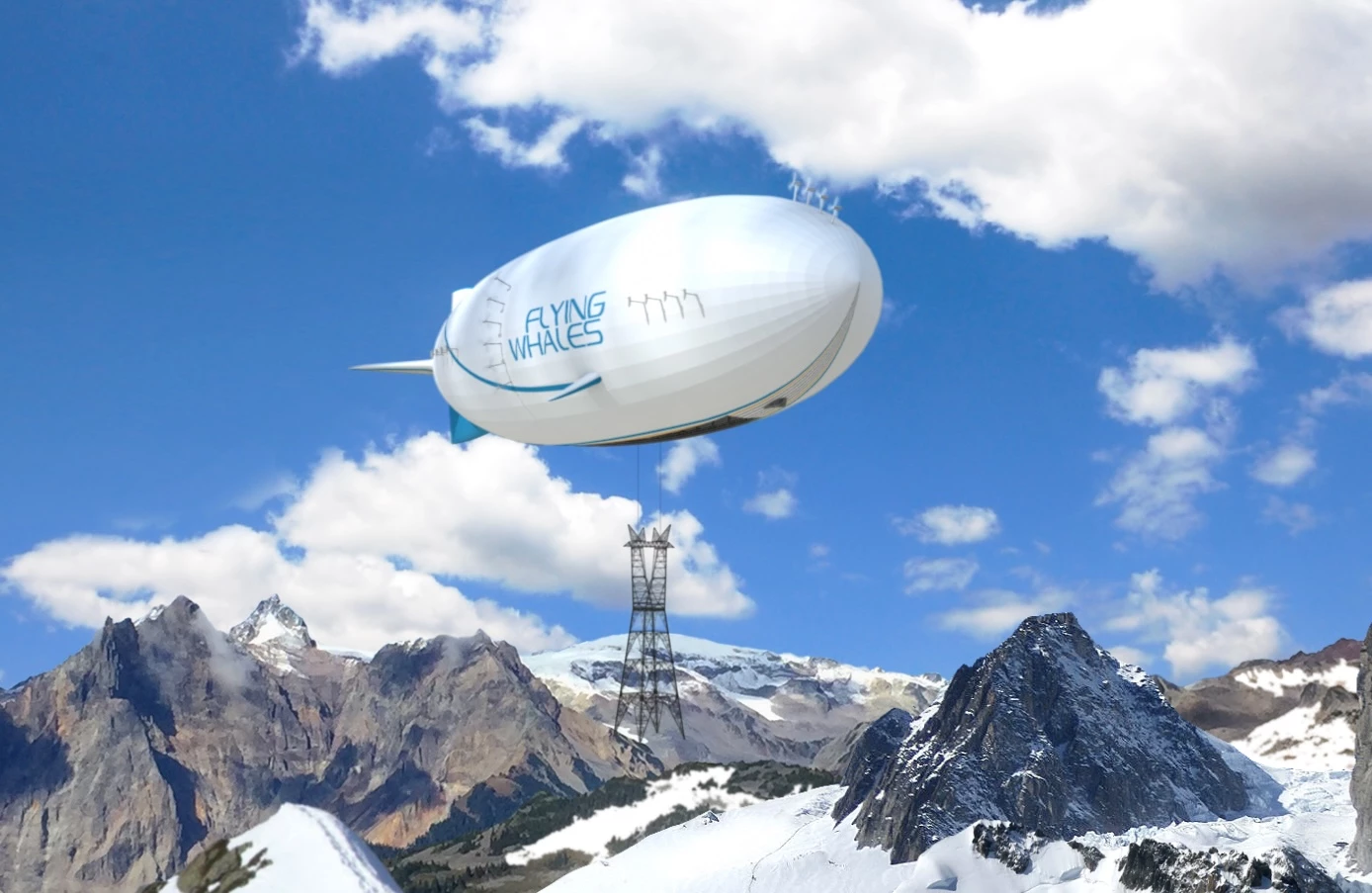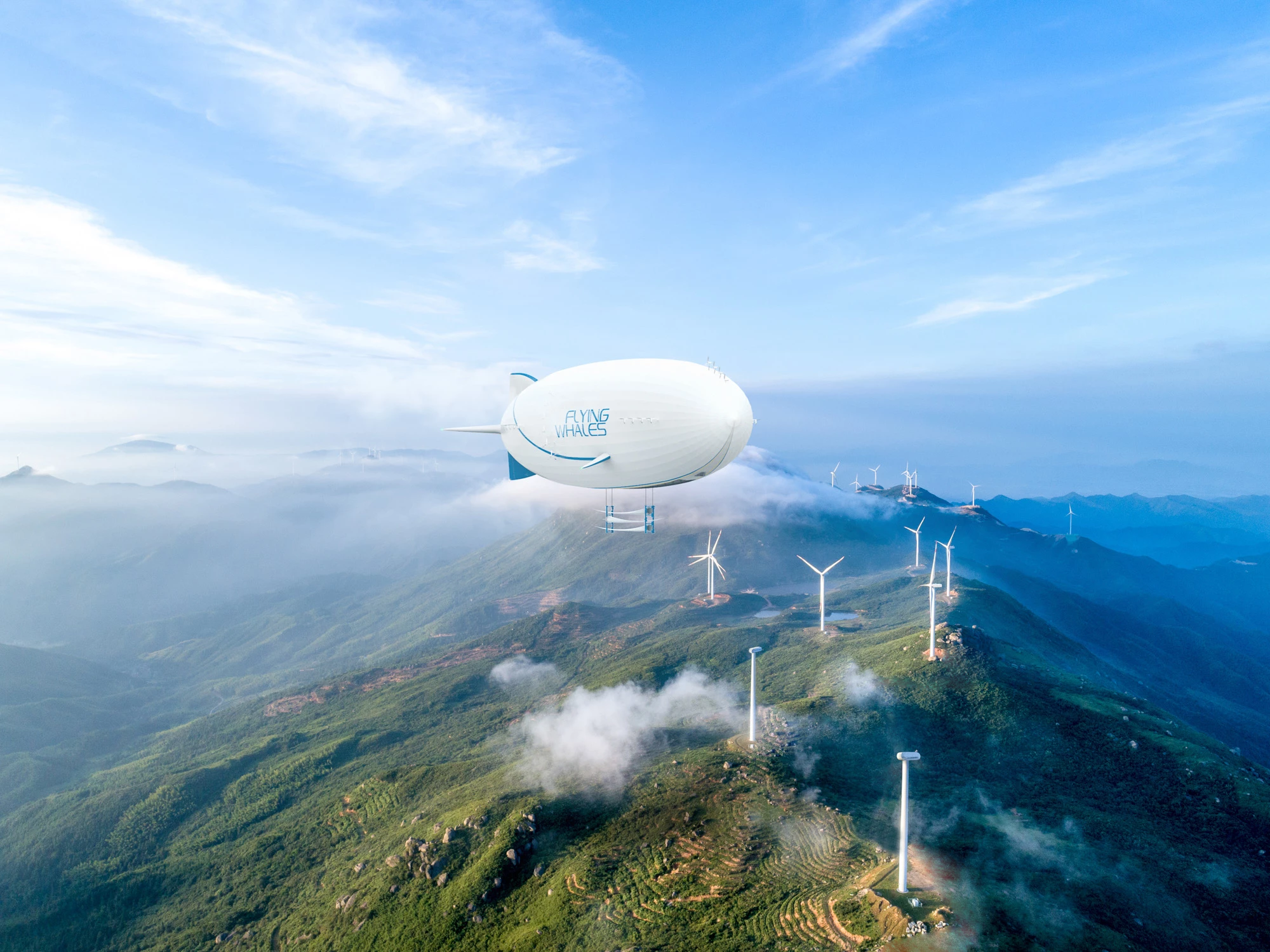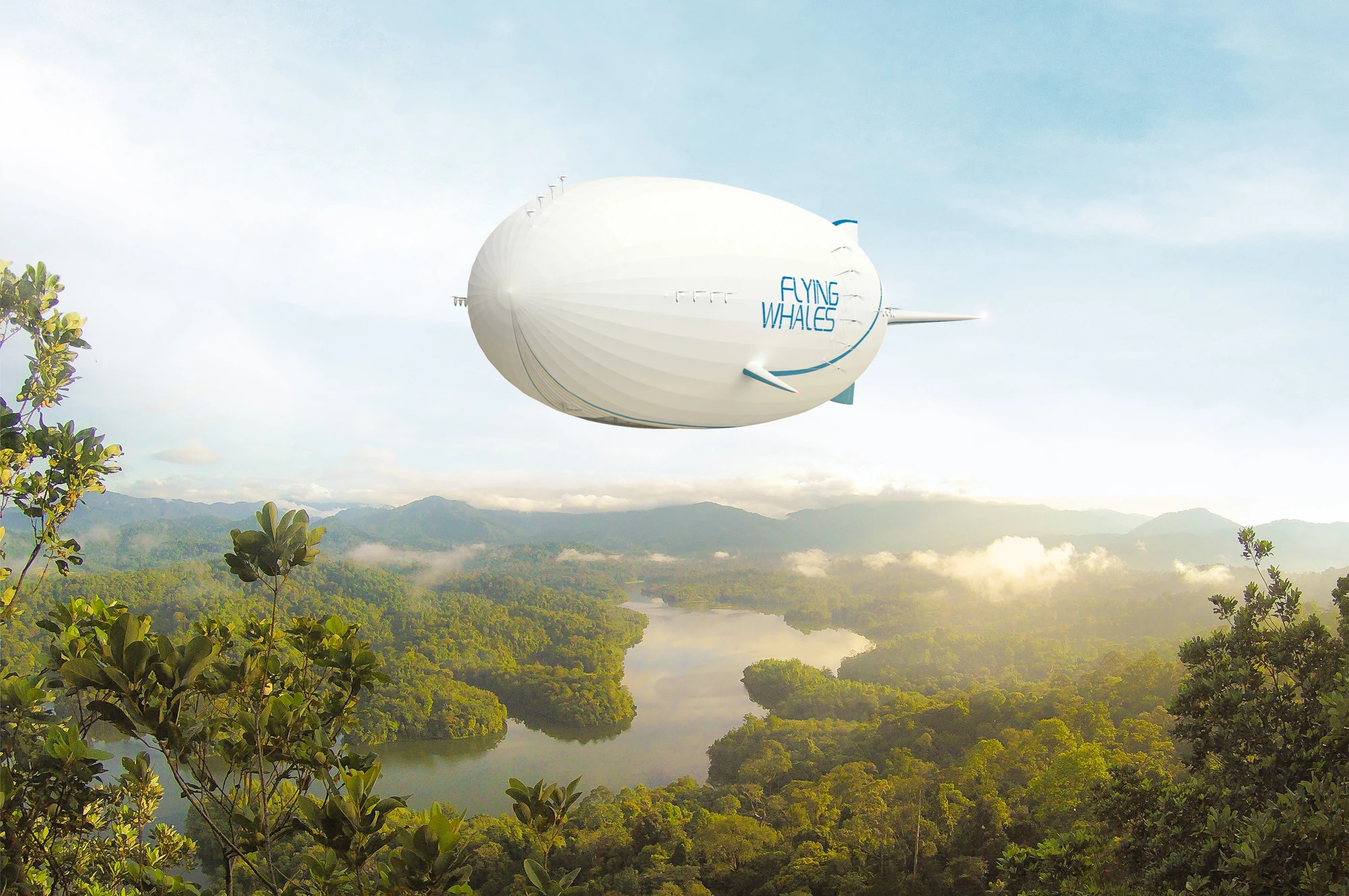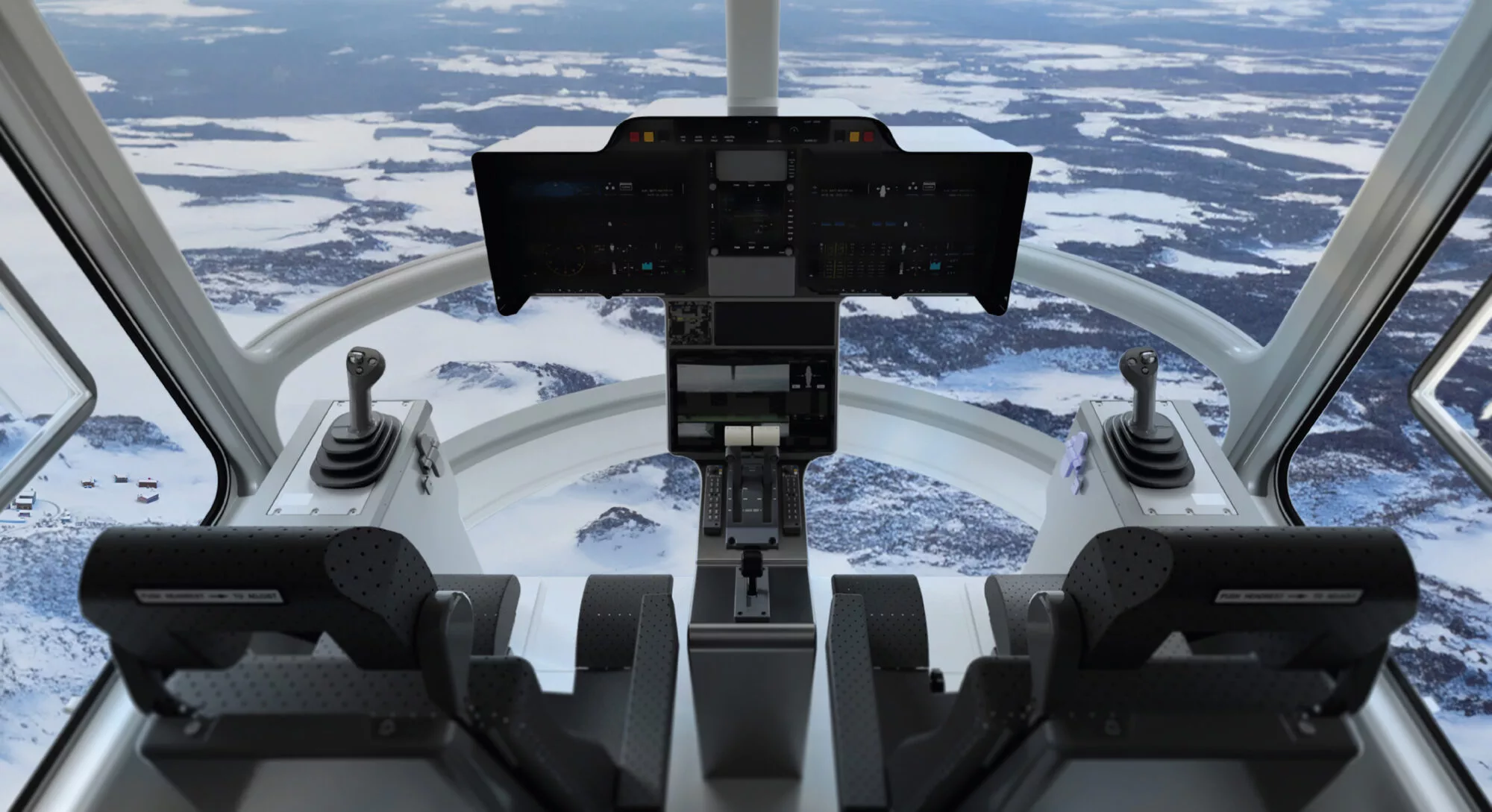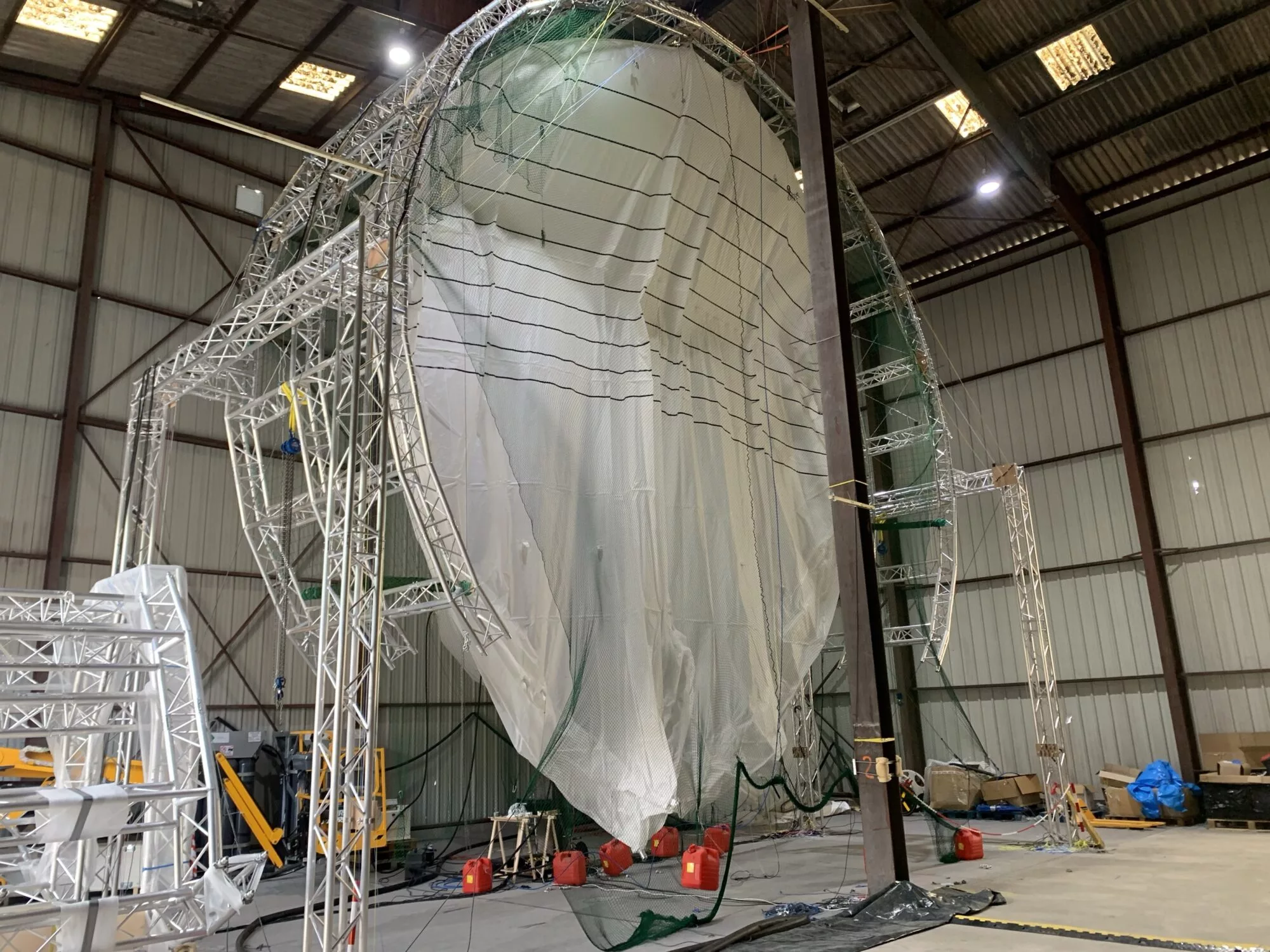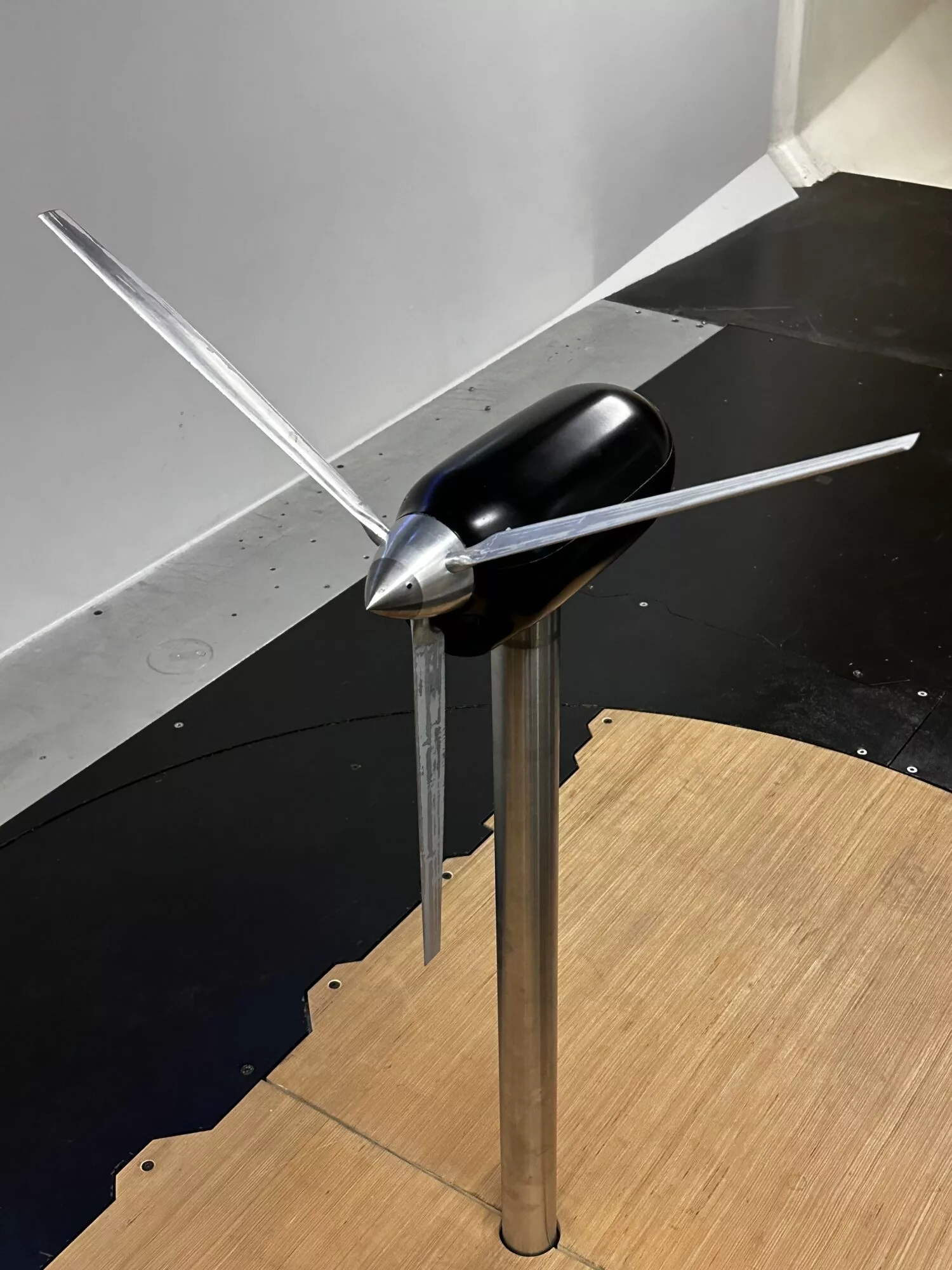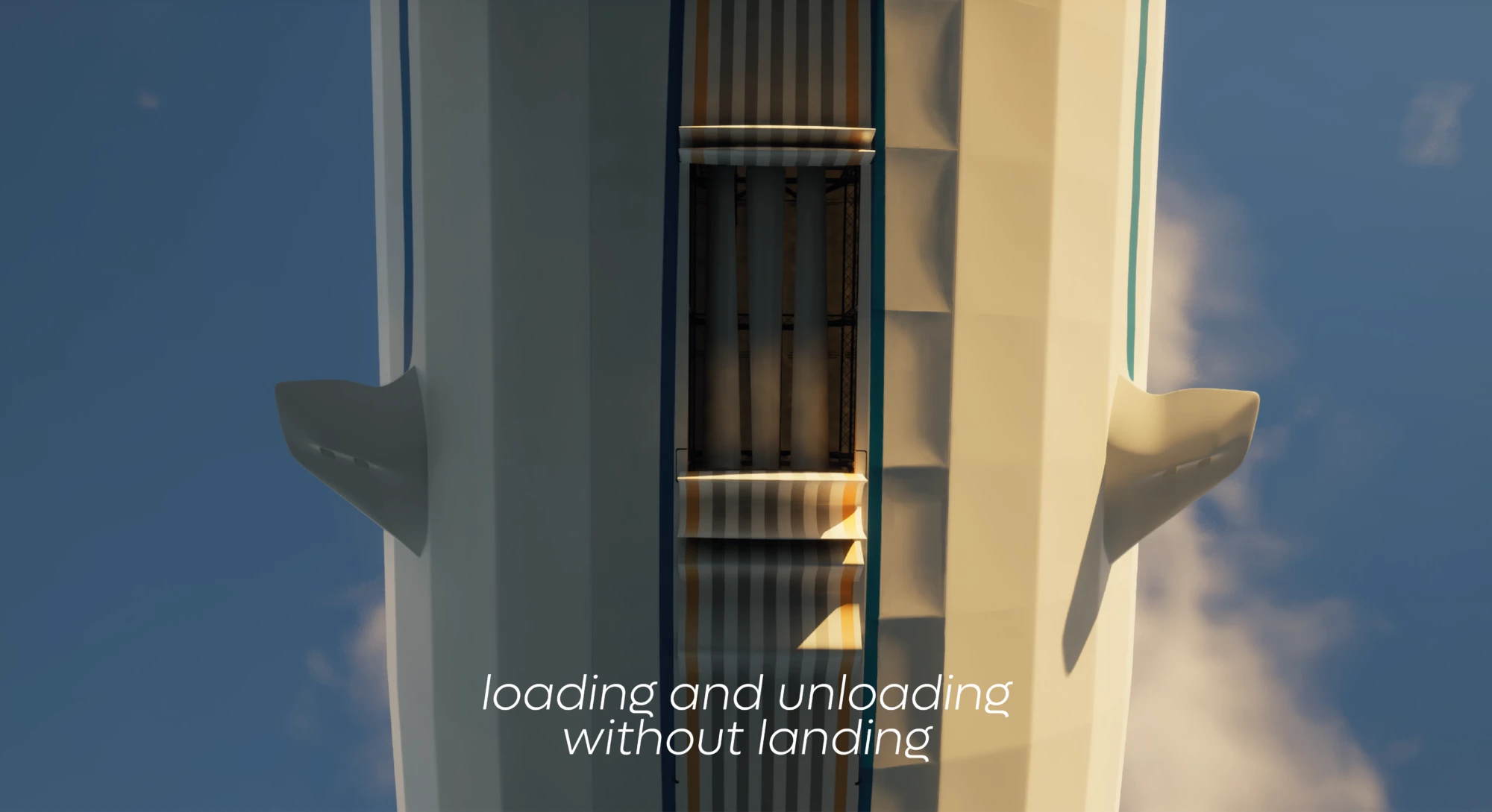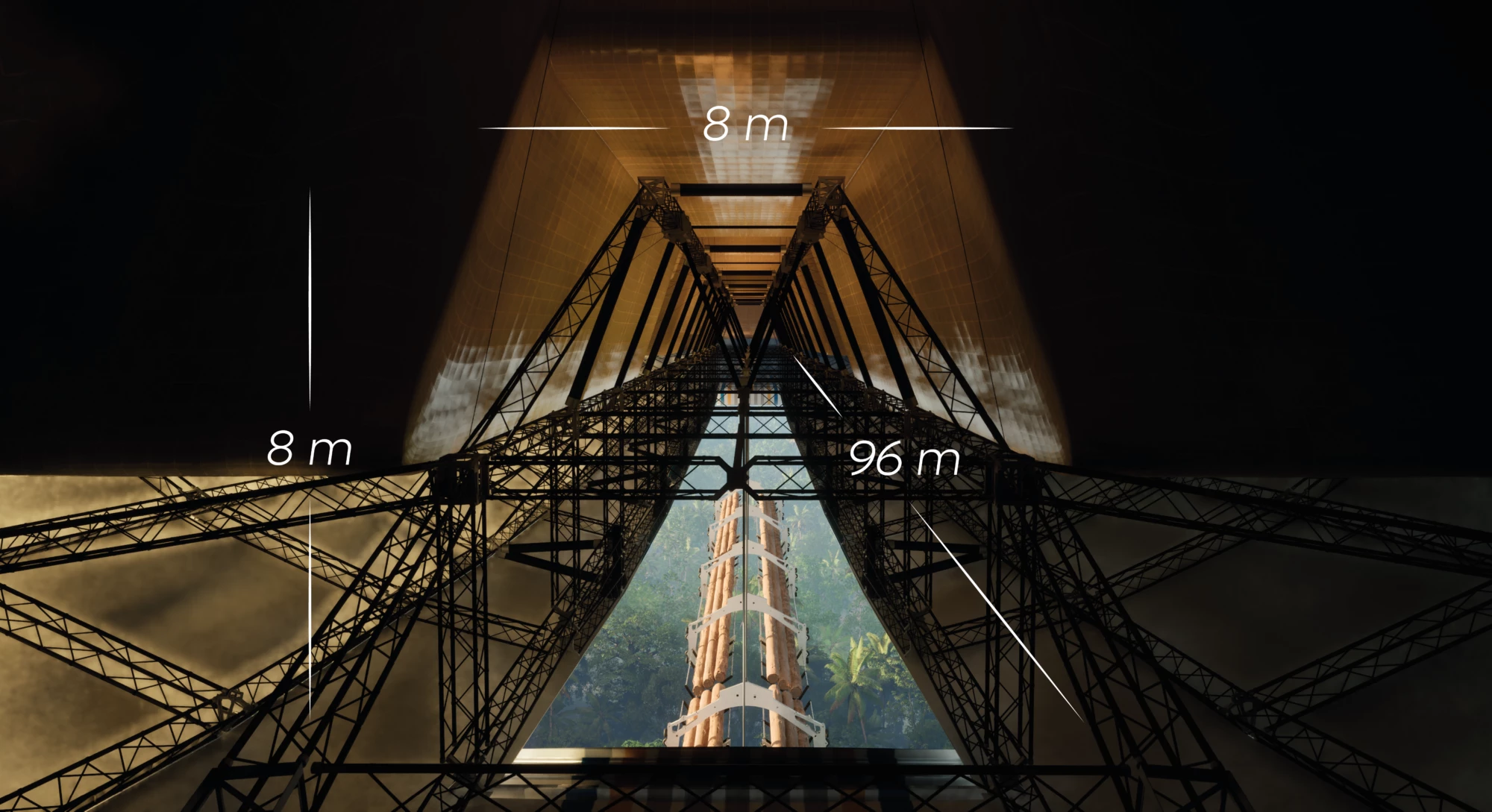Imagine a massive high-tech helium balloon that stretches well over an NFL football field in length, has more cargo capacity than an Airbus Beluga XL, and produces multi megawatts of power for nearly three dozen propellers. That's definitely a flying whale. And it's actually years in the making, as French startup Flying Whales has been fleshing out the concept for over a decade. Hopes are that this mind-blowing vessel will someday transform cargo transport by connecting population centers with remote, virtually inaccessible parts of the world, moving important goods and materials without touching the ground.
Having grown up quite accustomed to seeing the Goodyear Blimp hovering over football and baseball games, I never realized just how rare airships actually are in the 21st century. In fact, Goodyear's small fleet is among a mere 10 operational blimps in the world, according to a 2022 article by Fox Weather. A more commonly cited figure puts the worldwide number at 25, with only about half of them still operating.
Both figures state "blimps," soft-sided airships that rely on gas for their structural form, but since the modern Goodyear fleet actually includes semi-rigid vessels, we'd surmise that the number applies to airships at large, whether soft, semi-rigid or rigid in form. So figure a dozen or fewer airships still in operation ... across the entire world.
Frankly, that's a small fraction of the number I would have expected, but owing to the infamous Hindenburg hydrogen disaster of 1937, the cost and difficulty of sourcing safer helium, and the existence of more practical alternatives like airplanes and drones, airships have all but gone extinct.

The 21st century has brought on a passionate call for airship revival and reinvention as a modern-day means of green mobility, for both cargo and passengers. The thinking is that a dirigible's lighter-than-air design ultimately uses far less energy than traditional aircraft when it comes to getting and staying in the air and can be a useful tool in cutting the massive carbon footprint of global shipping and passenger transportation, especially when coupled with low- or zero-emissions propulsion.
Some of the new-generation designs even propose bringing back hydrogen as the lift gas. Flying Whales isn't going down that path at the moment, but its roadmap does include the use of hydrogen fuel cells down the line.
Flying Whales is, of course, one of the startups working on an airship of the future, a task it's been at since 2012. It first proposed its Large Capacity Airship 60 Tonne (LCA60T) as a means of pulling renewable wood out of remote logging sites and has since expanded its vision to other potential use cases.
The company has stuck with the idea of moving cargo, not passengers, to and from difficult-to-reach roadless, portless parts of the world and now pitches possibilities such as supplying materials for energy construction projects, providing humanitarian aid, delivering cargo containers from land or ship, and even dropping temporary modular hospitals in places lacking reliable healthcare. The quick video below puts some visuals behind those ideas.
Flying Whales estimates that running the LCA60T would cost as little as one-fifth the cost of using a current-gen cargo carrier aircraft like the Airbus Beluga.
As currently planned, the LCA60T would stretch well longer than the 302-ft (92-m) Airlander 10 or 407-ft (124-m) Pathfinder 1 airship projects, measuring 656 feet (200 m) from nose to tail and swelling out 164 feet (50 m) in diameter. Its 315-ft-long (96-m) cargo hold would be used to carry up to 132,000 lb (60,000 kg) of goods per trip, while 6.3 million cubic feet (180,000 cu m) of helium would be tasked with lifting the whole shebang up to 10,000 feet (3,000 m) in the air.
Structurally, plans call for a skeletal frame featuring a lattice-style construction of composite beams supported by metal joints. Flying Whales estimates that over 49 miles (80 km) of composite beam will feature in a single LCT60A. The frame will be sandwiched between the 14 non-pressurized helium cells inside and a specially developed outer skin that assists with aerodynamics and structural integrity. Those helium cells will use an array of temperature, pressure and humidity sensors to maintain proper lift through the variable conditions of air travel.

The huge cargo hold will be built as a structural compartment in the belly of the ship, with a dual sliding door system for loading and unloading cargo via hydraulic cables without the vessel having to land. This functionality will eliminate the need for any expensive, complex landing infrastructure.
Flying Whales is targeting a top speed of 54 knots (63 mph/100 km/h) using 32 propeller drives capable of a combined 5,360 hp (4,000 kW). Its initial prototype will use a combination of high-voltage lithium-ion batteries and turbine generators to keep those electric propeller drives spinning, but the company ultimately plans to slash localized emissions with hydrogen fuel cell power generation.
This week, British electric motor startup Evolito announced that it will be supplying electric motors for the LCA60T project. A spinoff of Yasa, Evolito is focused on creating lightweight, power-dense axial flux motors for aerospace applications and will supply its D250 motors to Flying Whales. Each LCA60T will use 32 of the 308-hp motors to drive the lines of propellers running up, down and across its outer skin.
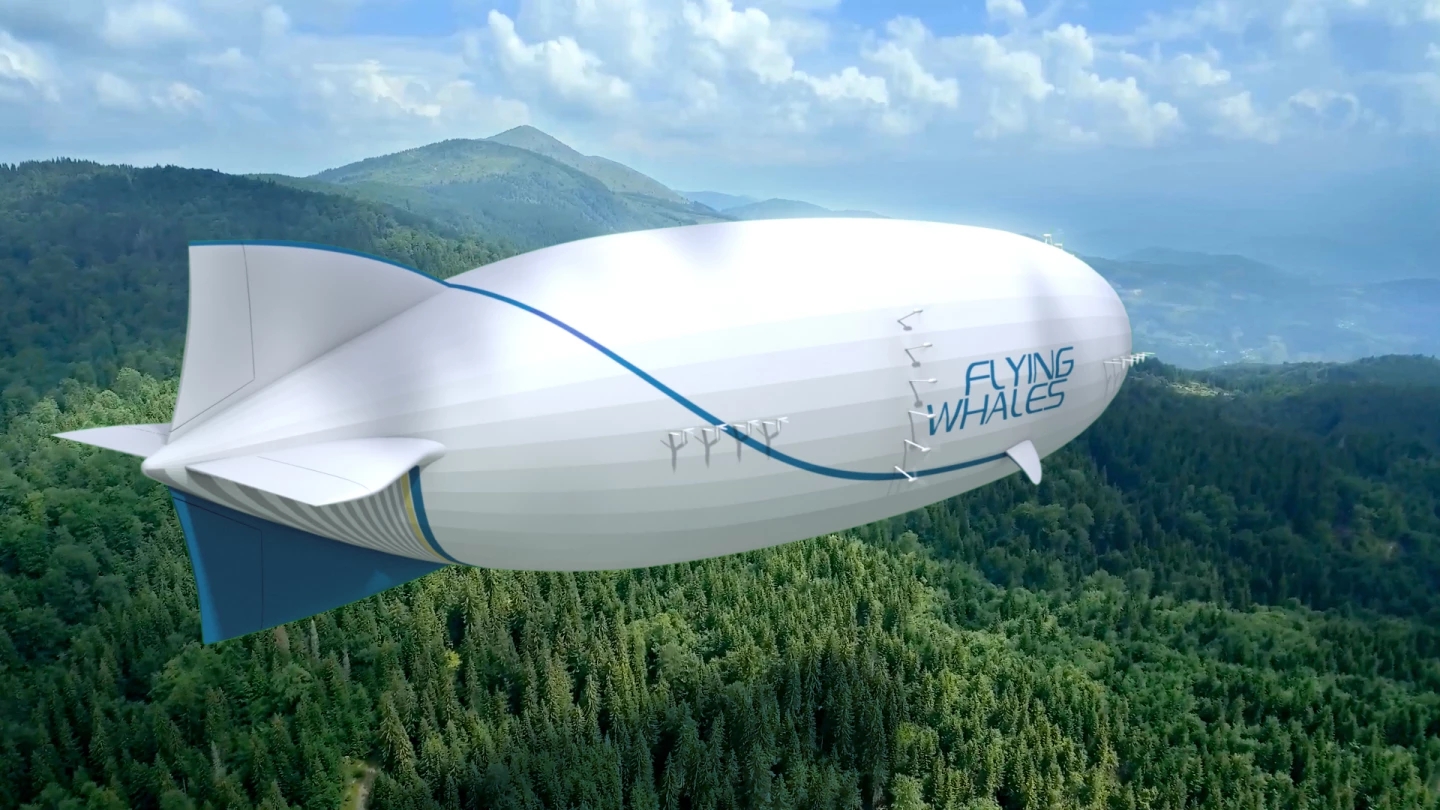
Flying Wheels plans to begin flight testing in 2027, but that timeframe could quite easily get pushed back with a project of this magnitude. The company has been very busy, and its newsroom is filled with announcements and photos of new technical and strategic partnerships, funding procurements, event attendance, and technological progress. In late January, it began wind tunnel testing the specially coated Diatex ultralight polyester textile that will serve as the LCA60T's outer skin.
Of course, another overarching reason for the 20th century demise of the airship: the sheer expense of building and running them. Flying Whales has already raised over US$300 million of public and private funding, according to PitchBook, and is still a couple years out from testing a prototype ... at best. Whether its airship ultimately ends up an economic boon or boondoggle remains to be seen ... although the same can be said of many other visionary startups, airship and otherwise.
So long as these ambitious startups are operational, though, we'll certainly be watching and waiting for someone to fulfill the grand vision of giant drivable balloons creating a cleaner, more worldly means of cargo and people transport.
Source: Flying Whales




